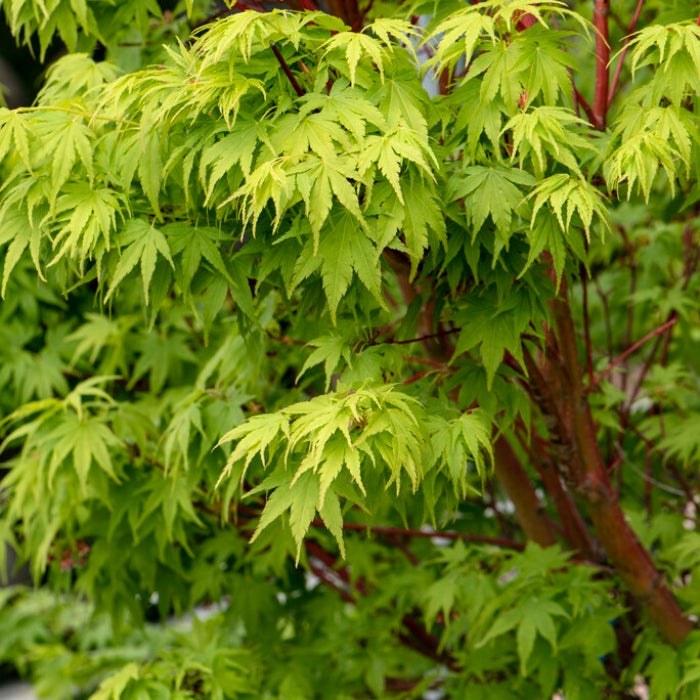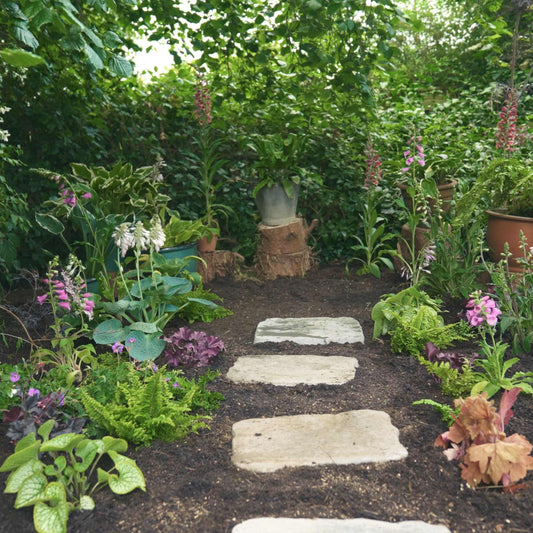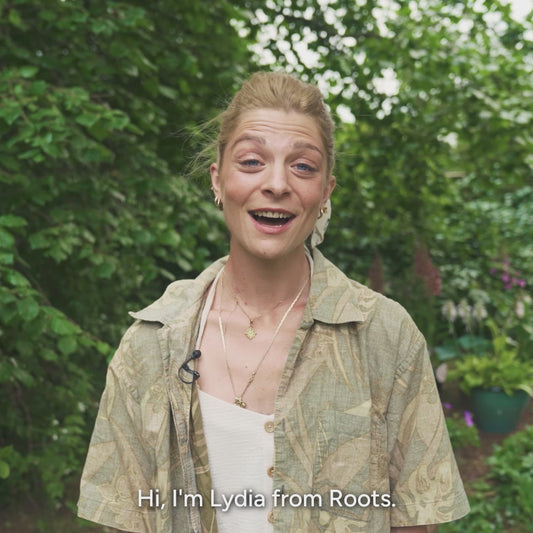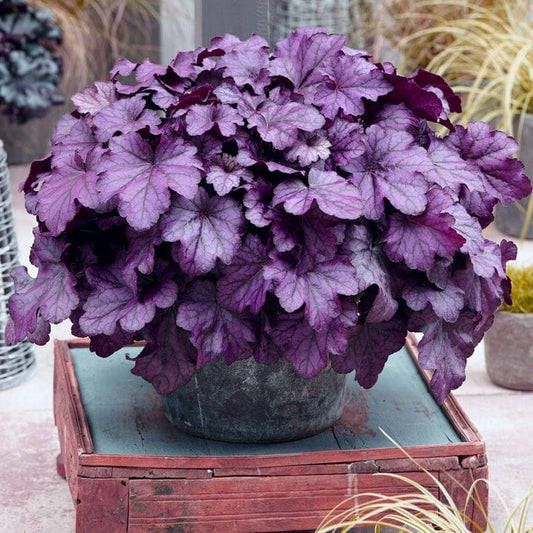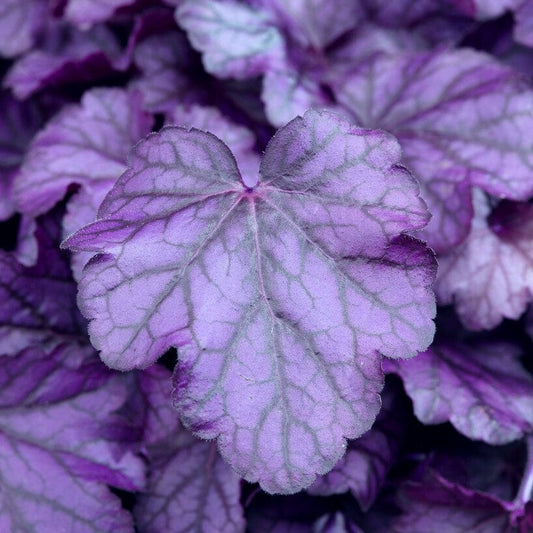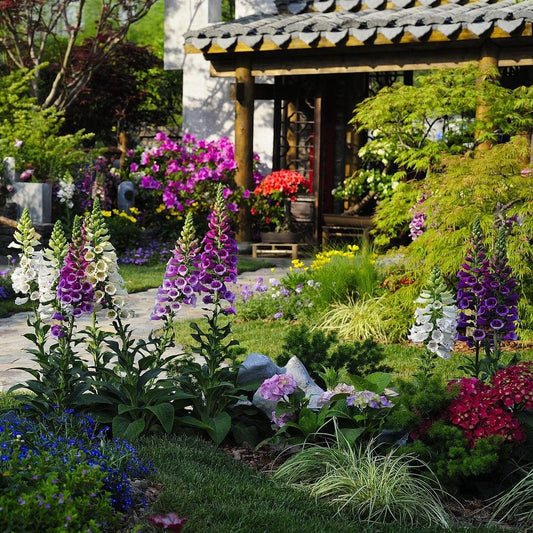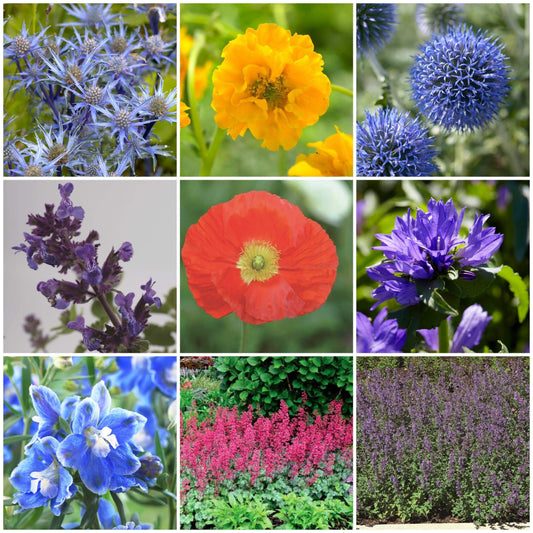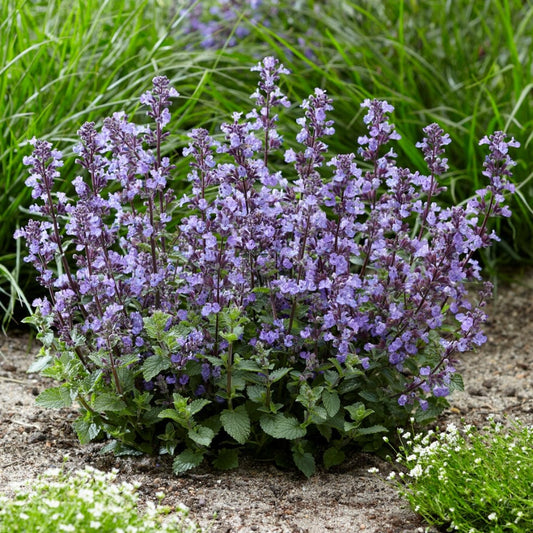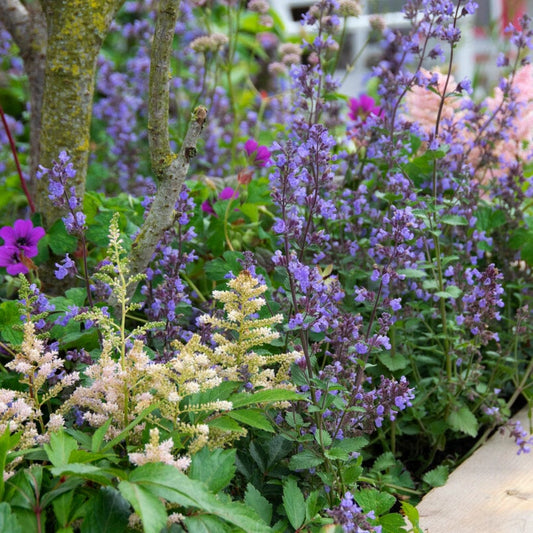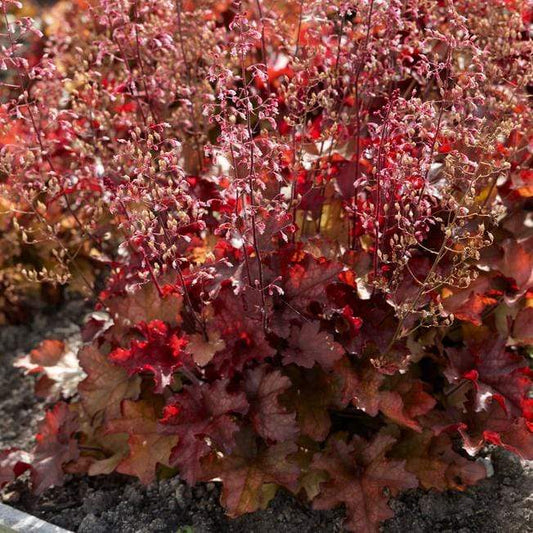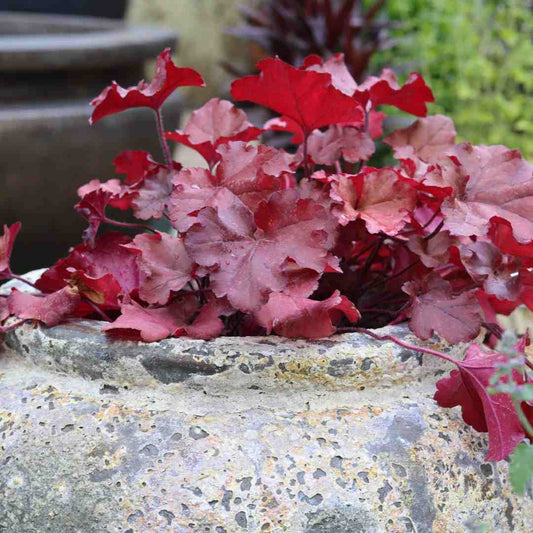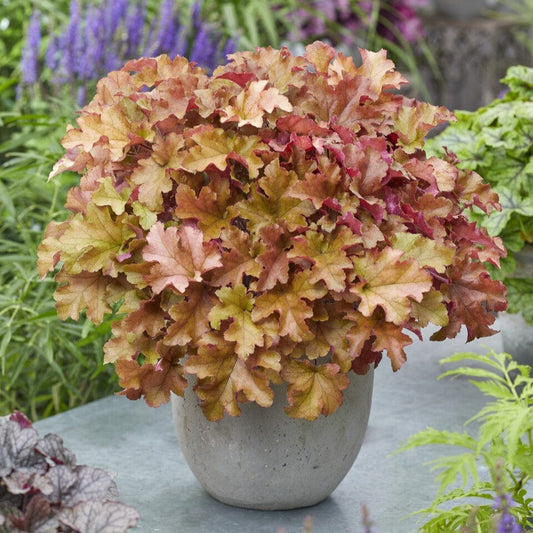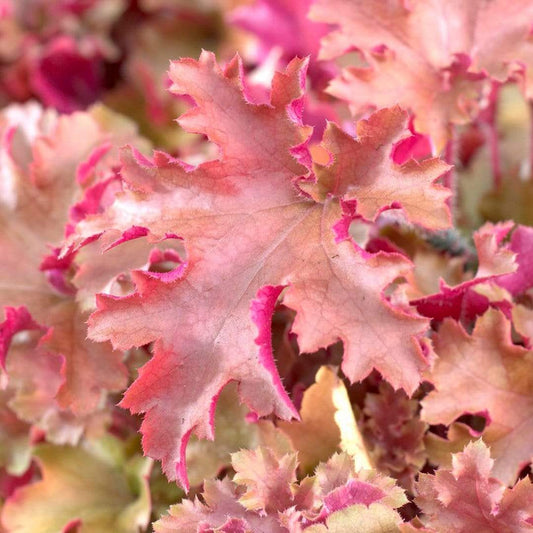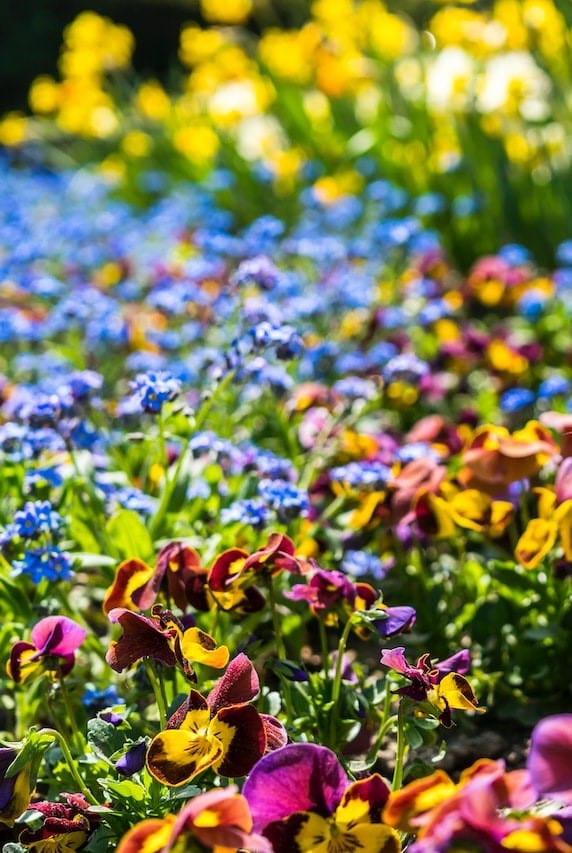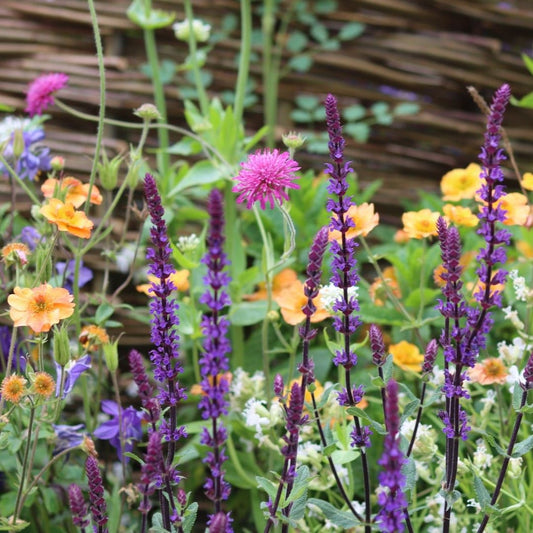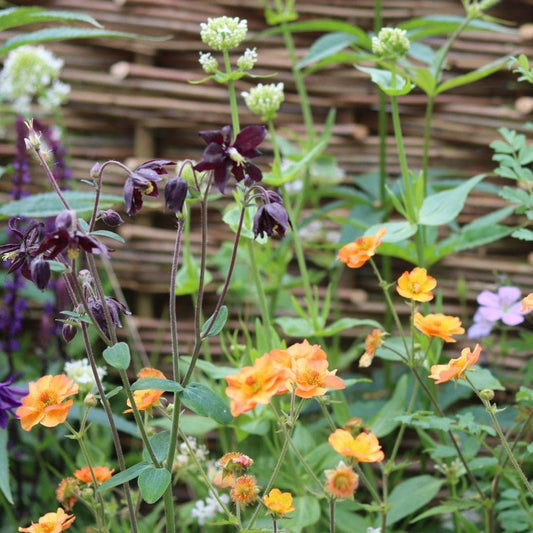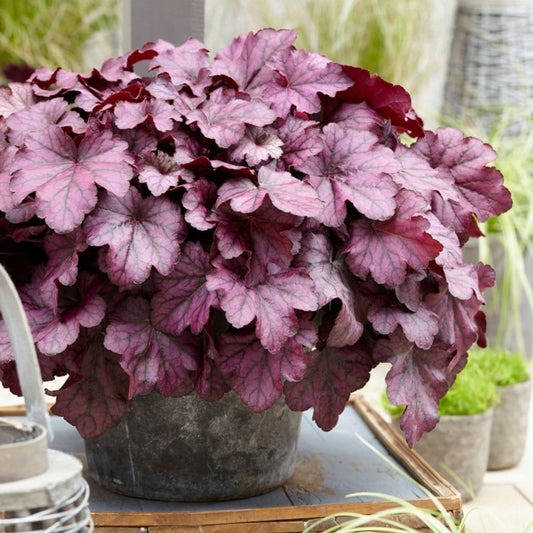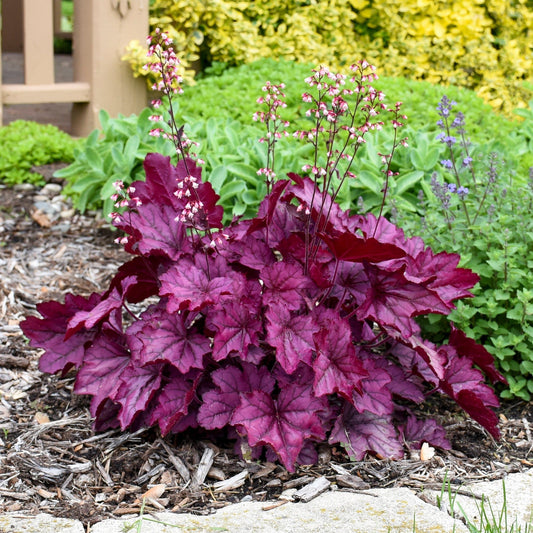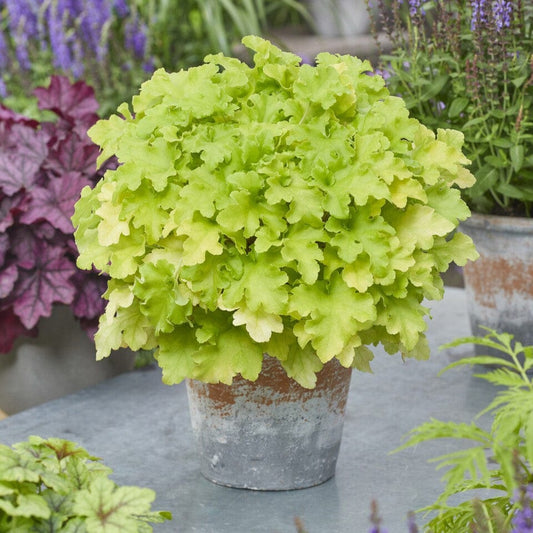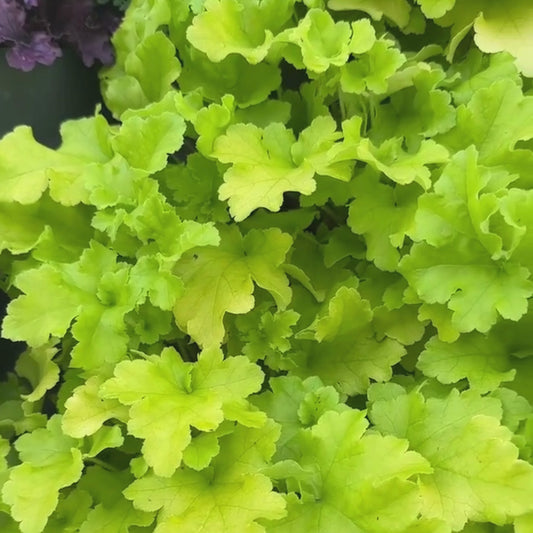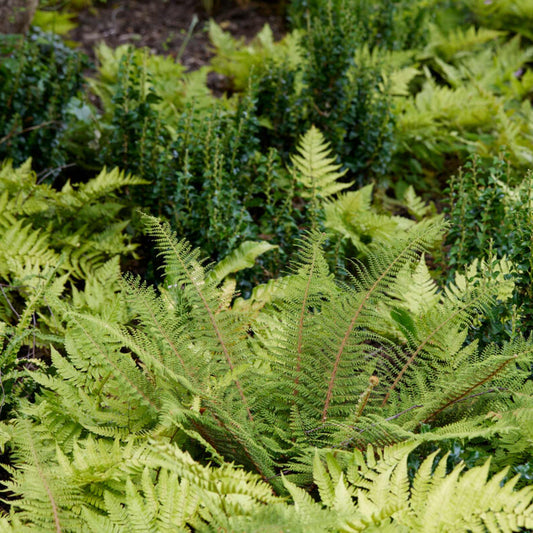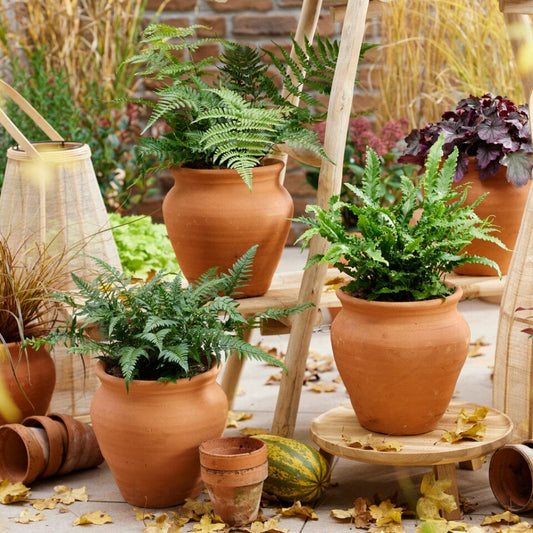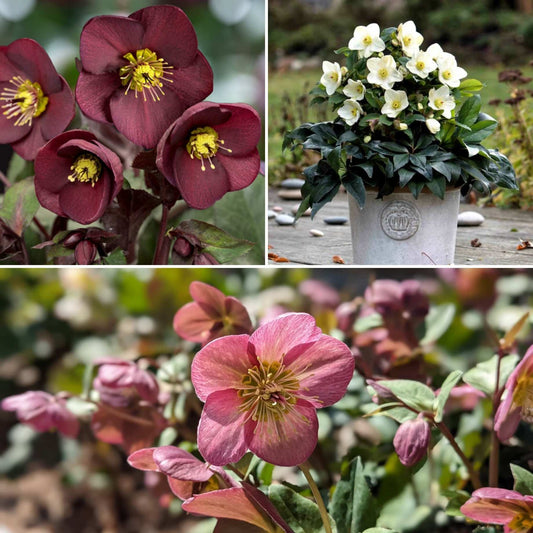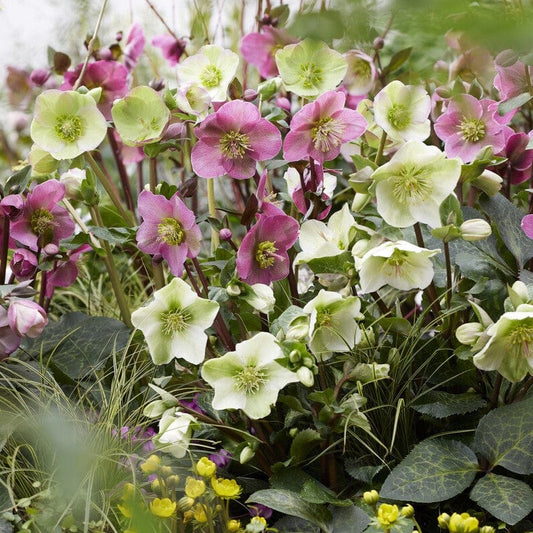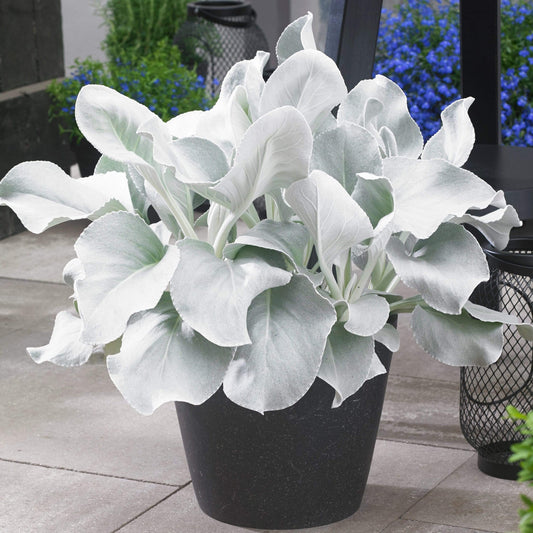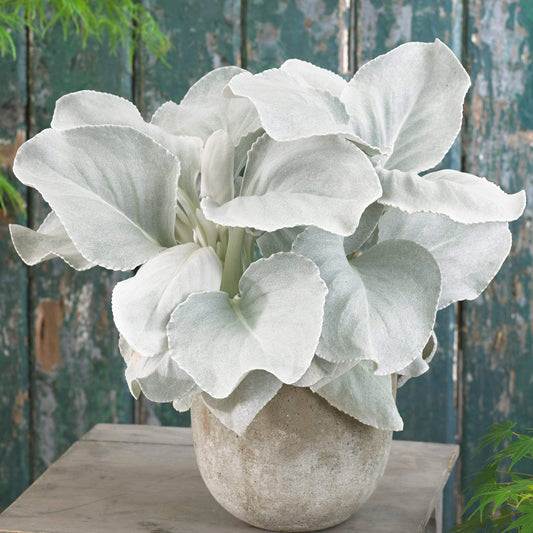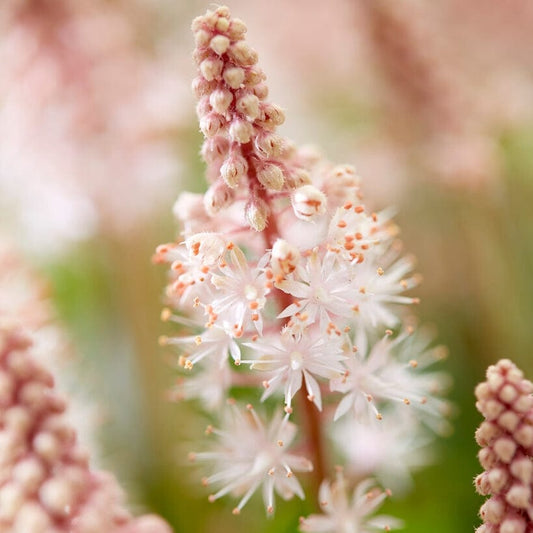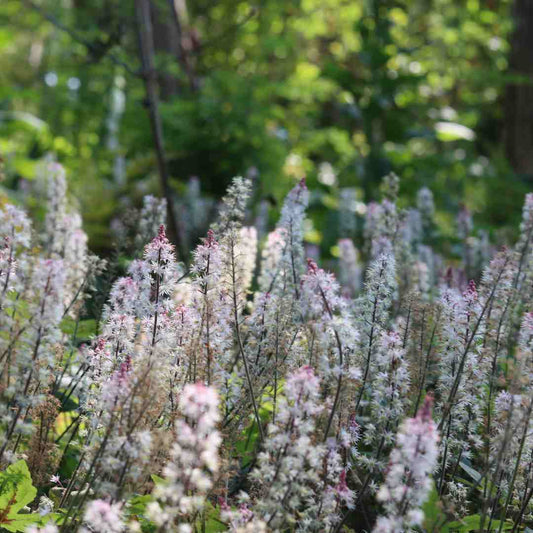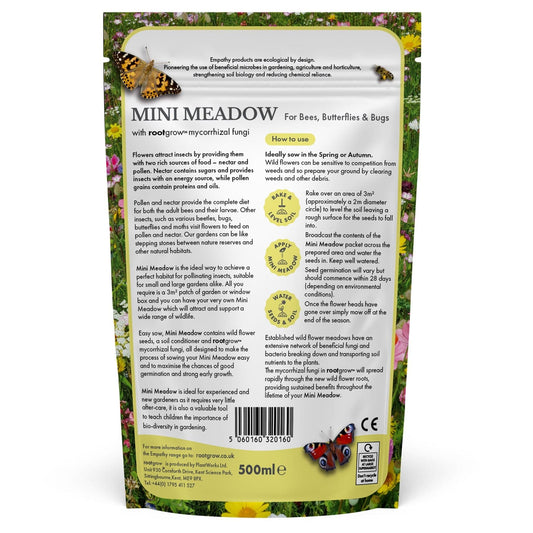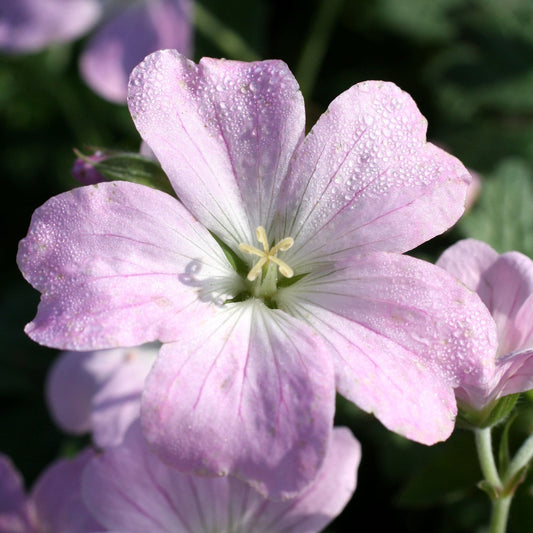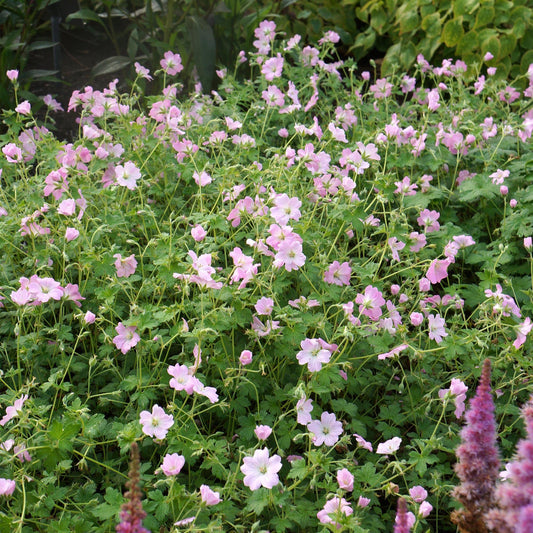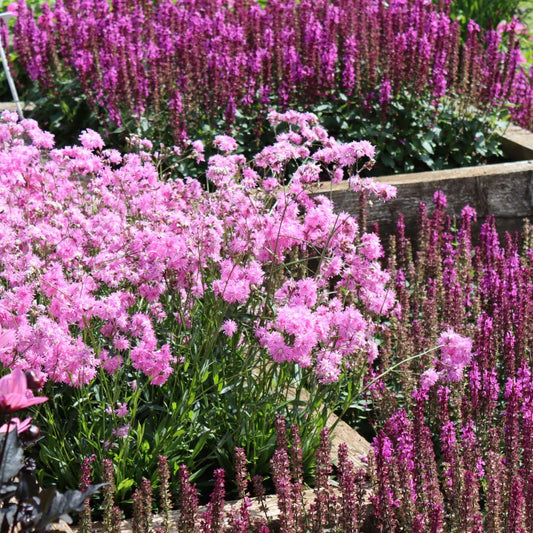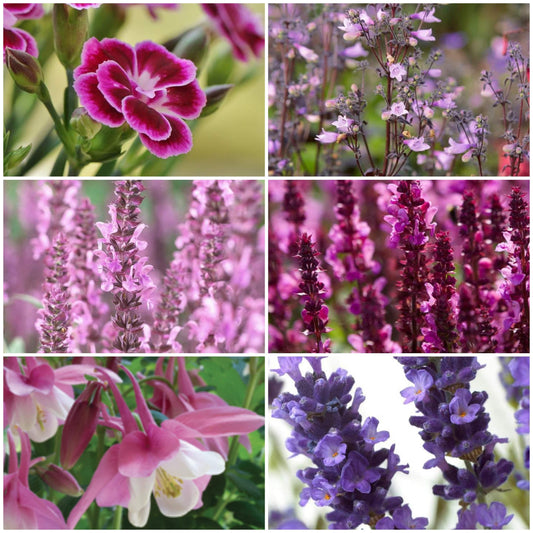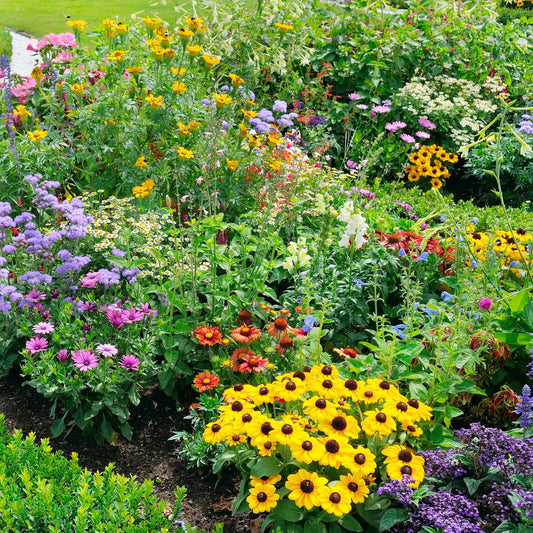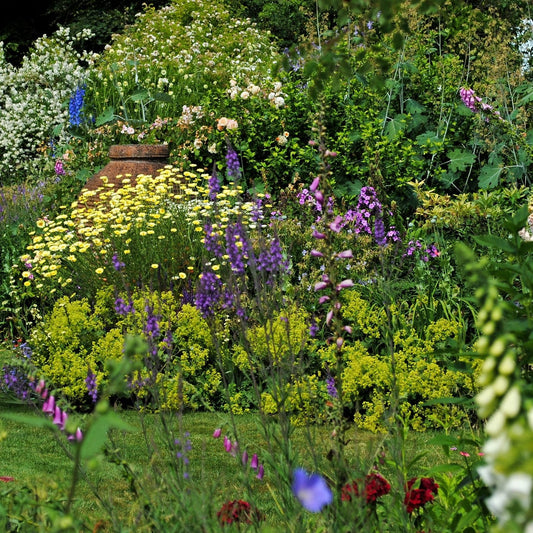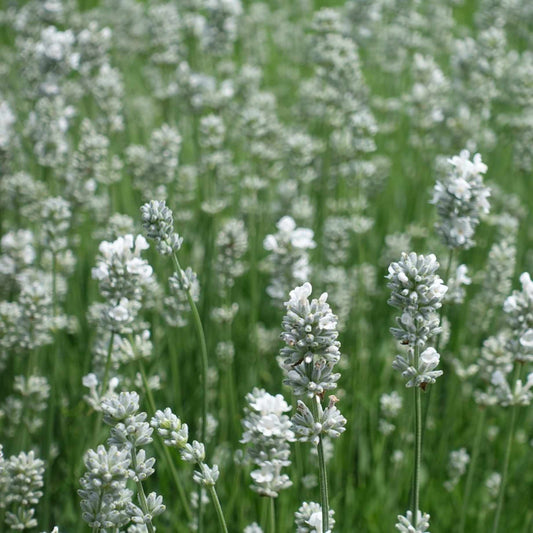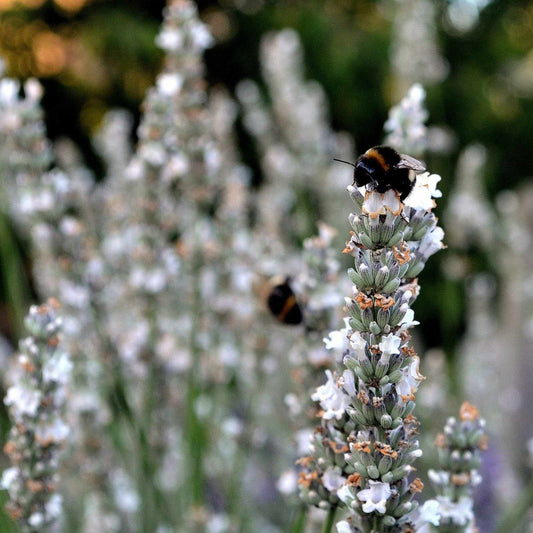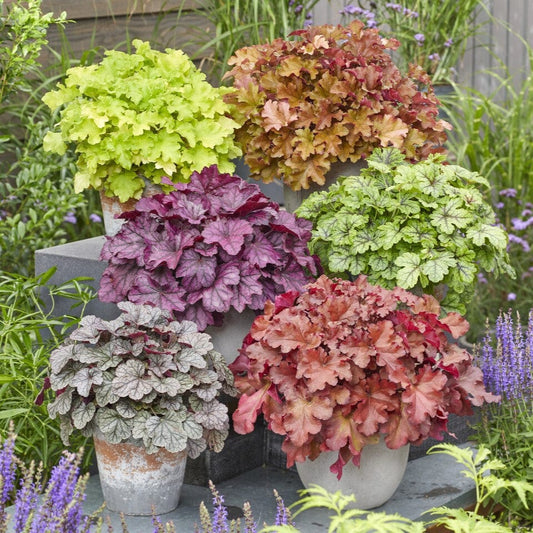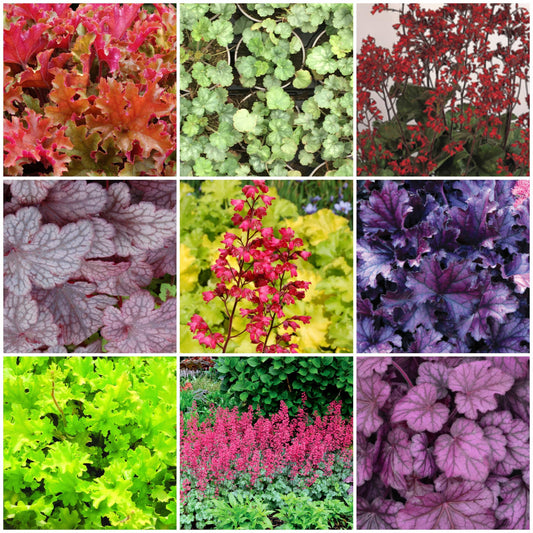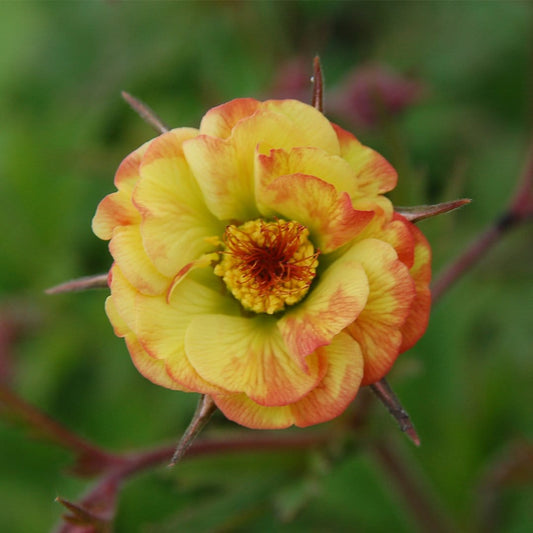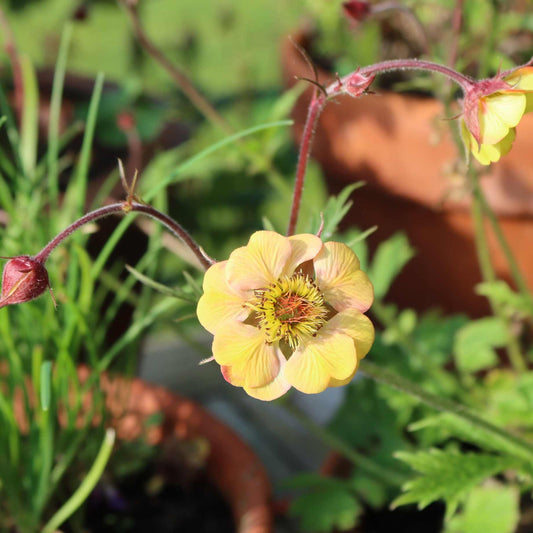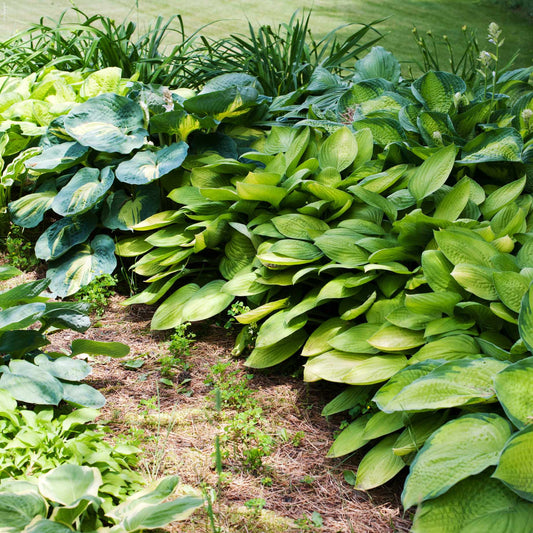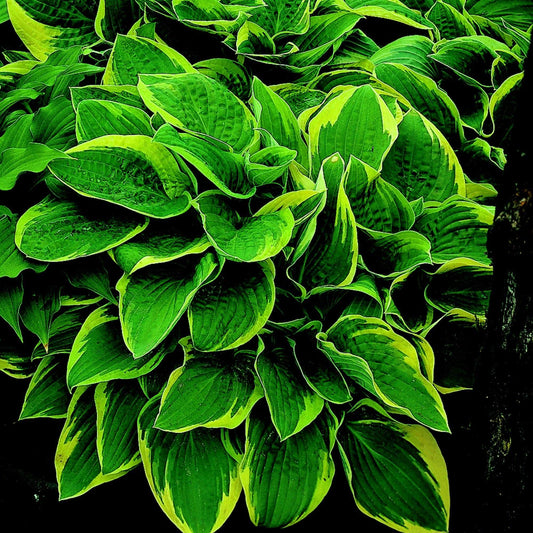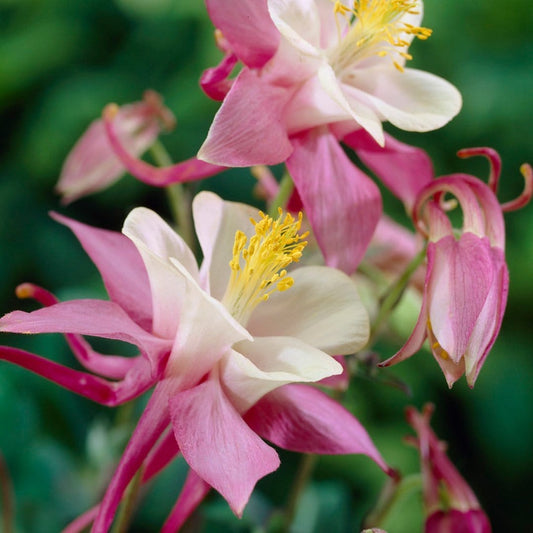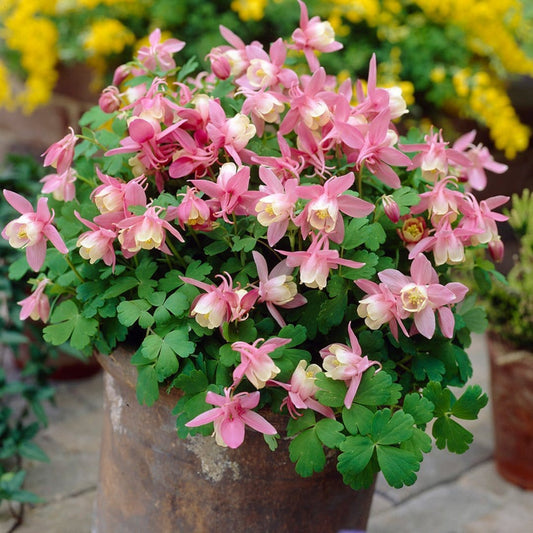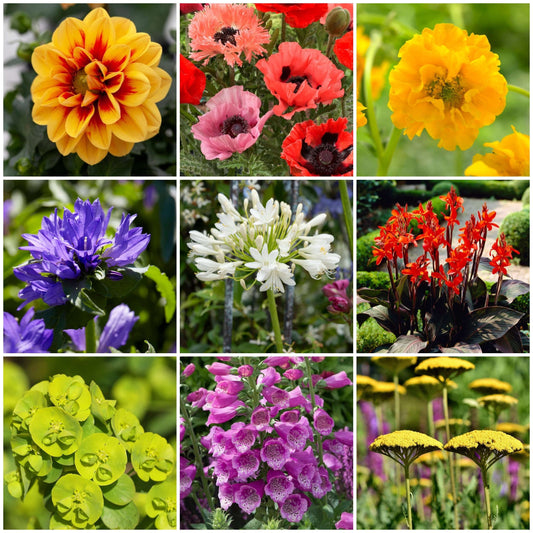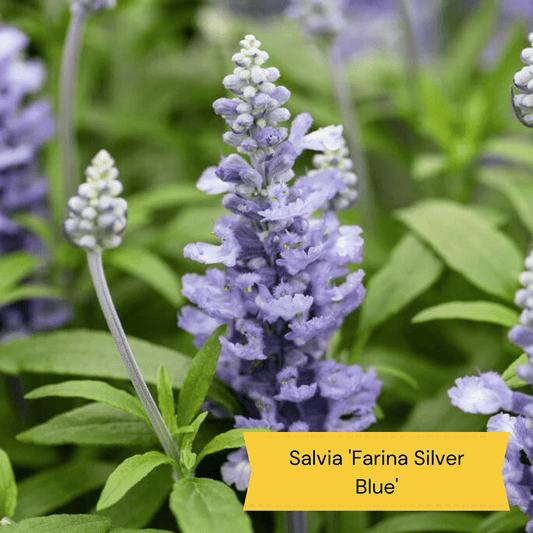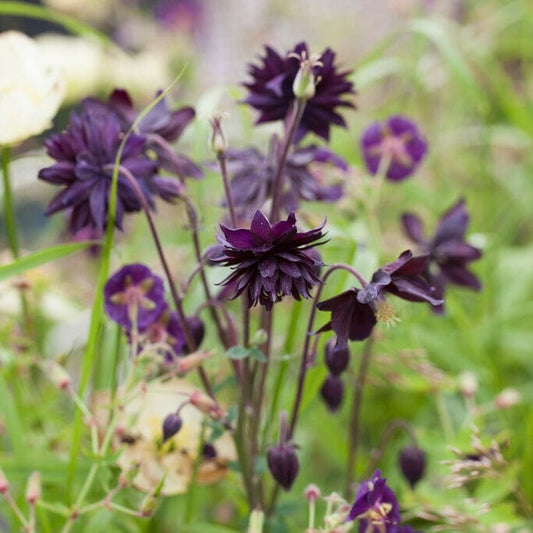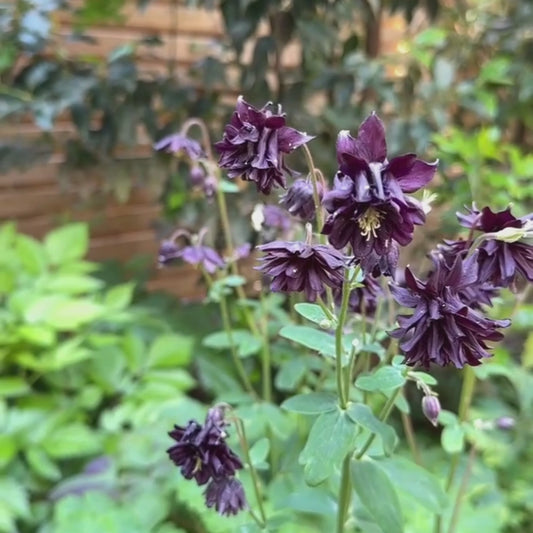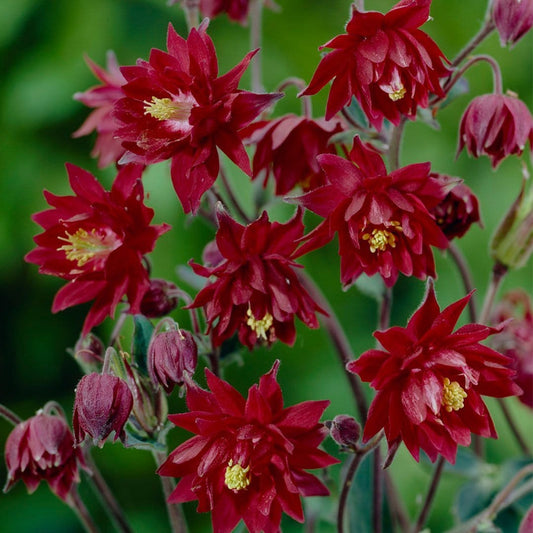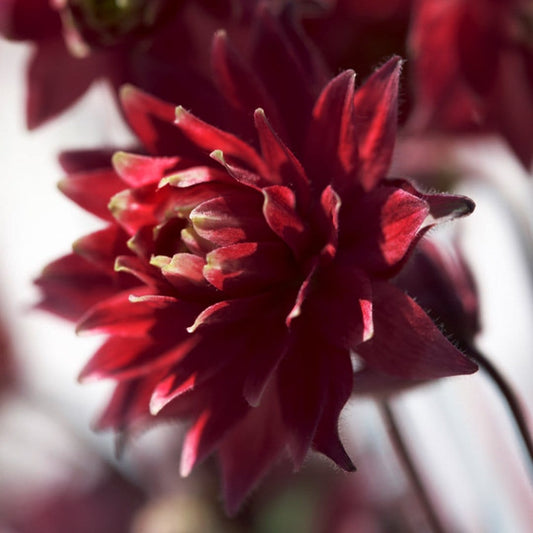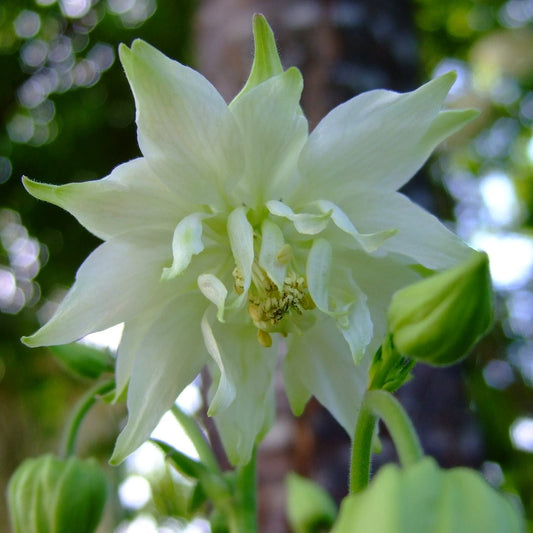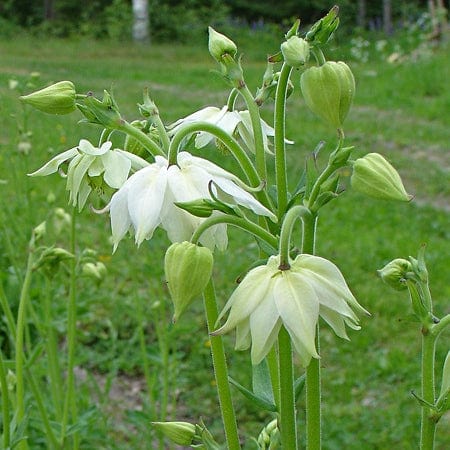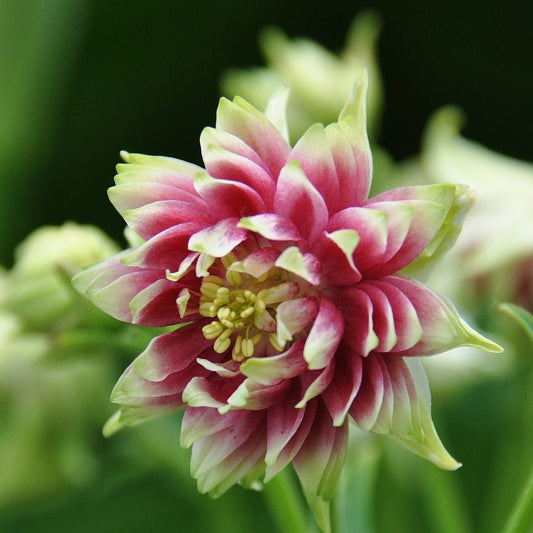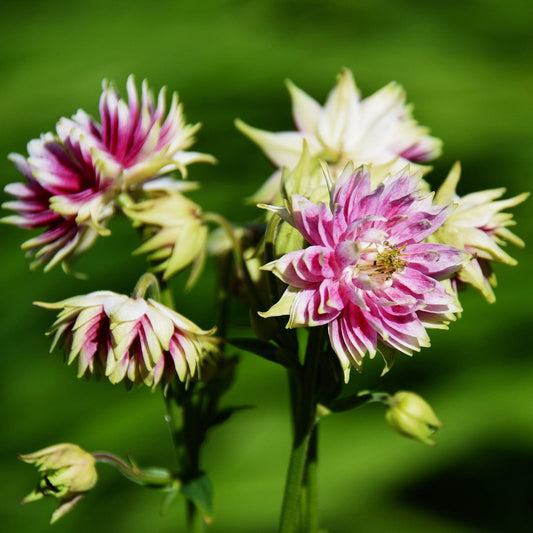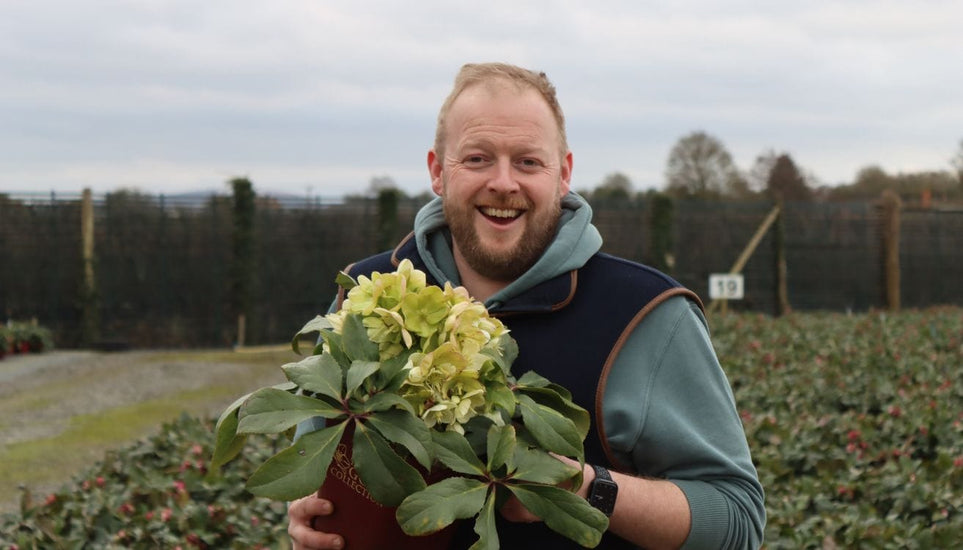Collection: Perennial Plants
Perennial plants are those that come back year after year, filling your borders and pots with lasting colour, height and texture. Ours are sustainably grown in the Herefordshire countryside by Jack and his expert team, who have picked out the most exciting new varieties to complement the classics.
Need help picking?-
Regular price From £35Regular price
£48Sale price From £35Perfect Plants for Shade | Woodland Wonderland
Bring a shady border to life!
- Shade-tolerant foliage and flowering plants
- Plant in a shaded bed or border
- Flowers from April to November
- Hardy young plants well-suited to UK growing
2 options available
-
Regular price From £18Regular price Sale price From £18
Heuchera 'Wildberry'
Superb purple leaves year-round
- Happiest in partial shade
- Add dramatic purple to pots and borders
- Flowers June to August
- Evergreen for genuine year-round interest
2 options available
-
Regular price From £120Regular price
£135Sale price From £120Mixed Flowering Perennial Plants | Extra Value Pack
Instantly transform your beds
- A mix of brightly-coloured blooms and foliage
- The perfect option for sunny beds and borders
- Flowers from May to September
- RHS Plants for Pollinators
1 option available
-
Regular price From £15Regular price
£18Sale price From £15Catmint 'Purrsian Blue' | Nepeta
Indigo blue flowers all summer long
- Loves a spot in full sun
- Add a long lasting splash of blue to your borders
- Flowers May to September
- RHS Plants for Pollinators
2 options available
-
Regular price From £10Regular price Sale price From £10
Heuchera 'Indian Summer Cranberry'
Juicy-red leaves for year-round colour
- Rich red foliage with a hint of berry purple
- Low-growing, amazing for vigorous ground-cover
- Buy an almost mature plant of significant size
- Produces tiny pink flowers in the summer
Currently out of stock
-
Regular price From £16Regular price
£18Sale price From £16Heuchera 'Marmalade'
Loves the shade, deserves the limelight!
- Incredible two-toned red and orange foliage
- RHS Award of Garden Merit Winner
- Hardy evergreen perennial
- Adds year-round vibrance to your garden space
2 options available
-
Regular price From £45Regular price
£48Sale price From £45The Contemporary Cottage Garden Collection | Cottage Garden Plants
A fresh take on the classic
- Contains plants for height, colour and form
- Transform sunny flowerbeds and borders
- Flowers from spring into autumn
- Bring a wealth of pollinators to the garden
1 option available
-
Regular price From £16Regular price
£18Sale price From £16Heuchera 'Wild Rose'
Powerfully purple, all year long
- Happy in full sun to partial shade
- Add purple to pots and borders
- Flowers June to August
- Hardy and evergreen for year-round interest
1 option available
-
Regular price From £18Regular price Sale price From £18
Heuchera 'Lime Marmalade'
Add a dash of lime to your garden space
- Stunningly vibrant lime-green leaves all year round
- RHS Award of Garden Merit Winner
- Adds year-round vibrance to your garden space
- Buy an almost mature plant of significant size
2 options available
-
Regular price From £20Regular price
£24Sale price From £20Woodland Fern Collection
Primal-feeling forest ferns
- Includes a variety of distinct fern plants
- Ideal for shady borders and woodland gardens
- Colours to contrast and complement
- A range of textures for maximum interest
3 options available
-
Regular price From £45Regular price
£60Sale price From £45Full Season Hellebore Collection | Hellebore Gold Collection®
The most stunning winter blooms
- Likes partial shade (still grows in full sun)
- Grows well in beds with well-drained soil
- Free-flowering from November to April
- Attract early pollinators to your garden
2 options available
-
Regular price From £16Regular price
£18Sale price From £16Senecio 'Angel Wings'
Super soft, Silvery-white foliage
- Large Silver-white downy leaves
- Soft, velvety texture makes it irresistible to touch
- An eyecatching feature in containers
- Beautiful addition to a border
2 options available
-
Regular price From £16Regular price Sale price From £16
Tiarella 'Pink Skyrocket'
Shade loving starry spires
- Star-shaped pale pink flowers on upright stems
- Flowers from May to July
- A shade loving plant ideal for cool borders
- Perfect for pots
2 options available
-
Regular price From £10Regular price Sale price From £10
Wildflower Meadow Seed with Empathy Rootgrow™
Start your wildflower meadow with a boost
- A selection of colourful native UK wildflowers, complete with soil conditioner and Empathy Rootgrow
- Attracts wildlife including bees and butterflies to your garden
- Enough to plant a 10m2 space
- Empathy Rootgrow helps your plants establish faster and grow stronger
2 options available
-
Regular price From £17Regular price
£20Sale price From £17Geranium 'Dreamland'
Sweet blush pink blooms year after year
- Delicate, blush-pink flowers
- Fully hardy in the UK
- Excellent ground-cover for borders and beds
- Flowers from May-September
2 options available
-
Regular price From £45Regular price
£48Sale price From £45Pink & Purple Perennial Plants Collection | Flower, Foliage and Height
Instant colour coordination
- Contains our grower's best pink/purple plants
- Best colours occur in a fully sunny spot
- Blooms from June to October
- The ideal basis for a cottage garden scheme
3 options available
-
Regular price From £45Regular price
£48Sale price From £45Best Perennial Plants Collections | Growers' Choice
A fantastic value mix
- Includes delphinium, dianthus and heuchera
- Create a beautiful, colour-packed border
- Flowers from May to October
- Easy to grow and hardy to UK conditions
3 options available
-
Regular price From £8Regular price Sale price From £8
White Lavender | Lavandula angustifolia 'BeeZee White'
Bright white English lavender
- Plant in full sun (at least 6 hours per day)
- Grows well in both pots and dry soil
- Flowers from June to September
- Look great interplanted with blue varieties
2 options available
-
Regular price From £45Regular price
£48Sale price From £45The All Year Round Heuchera Collection
Frilled foliage in happy hues
- Heucheras in colours from lime to purple
- Excellent for woodland-style schemes
- Flowers from June to August
- Well-suited to shady conditions
1 option available
-
Regular price From £16Regular price Sale price From £16
Geum 'Tequila Sunrise'
Nothing says summer like a Tequila Sunrise
- Bright yellow blooms with sweet hints of red
- Create a prairie wildflower meadow aesthetic
- Flowers from May to September!
- Perfect to plant at the front of borders and beds
2 options available
-
Regular price From £40Regular price
£45Sale price From £40Best Ever Hosta Collection
Our very best hostas!
- Features a range of variegated sensations
- Perfect for Japanese and woodland gardens
- Blooms from July to August
- Grows nicely in shadier locations (and pots)
1 option available
-
Regular price From £15Regular price
£18Sale price From £15Aquilegia 'Spring Magic Rose & White'
Pink and white bursting from a bed of green
- Sweet blush-pink funnel flowers in abundance
- Attractive green foliage makes great ground cover
- A fantastic border bed plant for a cottage garden aesthetic
- Flowers from May to July
2 options available
-
Regular price From £45Regular price
£48Sale price From £45Sun Loving Perennials | Best Plants for Full Sun
Bright blooms that love the sun
- Features vibrant perennials that like a bask
- Brilliant for south-facing gardens
- Blooms from May to October
- Can easily be grown in pots
3 options available
-
Regular price From £15Regular price
£18Sale price From £15Aquilegia 'Black Barlow'
Intensely dark - a must-have!
- Deepest purple, almost black pompom shaped flowers on slender stems
- Flowers from April right through to July
- Brings colour and contrast to borders
- Attractive to bees and butterflies
2 options available
-
Regular price From £15Regular price
£18Sale price From £15Aquilegia 'Bordeaux Barlow'
A superb red from Bordeaux
- Layers of crimson red petals atop tall green stems
- Adds early colour in your garden
- Grows perfectly well in areas of partial shade
- Adds dynamic height to your border beds
2 options available
-
Regular price From £15Regular price
£18Sale price From £15Aquilegia 'Green Apples'
Add apple green to your colour palette
- Double pompom-shaped flowers which begin apple green and mature to crisp white
- Flowers from April right through to July
- Perfect in a cottage garden border
- Highly beneficial to early pollinators
2 options available
-
Regular price From £15Regular price
£18Sale price From £15Aquilegia 'Nora Barlow'
Dusky pink and pale green pompoms
- Double flowers in a delightful contrast of pinks and pale greens, on tall slender stems
- Spring and summer flowering from April to July
- Essential border colour - and shade tolerant too
- Attractive to bees and butterflies
2 options available
Hereford
Meet Jack
Perennials born in Herefordshire, blooming in your garden
Our perennials start life in the rolling Herefordshire hills, where Jack and his team trial over 250 new varieties each year to bring you the best performing and most sustainable plants in the UK. With over forty years of excellence, it’s no surprise that they’ve won the HTA Plant Grower of the Year award two years running.
Need help picking?

What types of perennial plants are there?
There are so many amazing perennial plants out there that it can be difficult to know where to start! It’s perhaps easier to break them down into smaller categories, to give you a steer on what you’re looking for. We can first split them into foliage and flowering plants. The former includes stylish plants like ferns, heucheras and hostas, while the latter involves a huge number of plants. Tall perennials like foxgloves, delphiniums and hollyhocks add height to the back of a border, while plants such as rudbeckias, echinaceas and leucanthemums are perfect for extending colour from summer into autumn. In short, there’s absolutely heaps!

Planting schemes for different perennial plants
Another way of thinking about perennial plants is through different garden planting schemes. Mediterranean gardens, for instance, comprise drought-tolerant perennials like rosemary, lavender and agapanthus, while traditional cottage gardens make use of plants with flowers for cutting like dahlias, roses and hydrangeas. Coastal gardens need wind and salt-tolerant perennials, like eryngium and salvia, while a contemporary city garden might feature a mixture of grasses (such as stipa) and stylish flowering plants like alliums.

How to care for your perennial plants
With there being such variety between perennial plants, there’s similarly varied preferences in terms of light, soil conditions, watering levels, etc. That said, generally speaking most plants will do well in a moist but well-drained soil, with decent levels of sunshine and a springtime feed of general fertiliser (and mulch). Again, however, make sure to check a plant’s individual requirements for more specific, detailed information.
Perennials FAQs
What is a perennial plant and how are they different from annual and biennial plants?
A perennial plant is one that lives for more than two years and returns each growing season. Unlike annuals, which have a one-season life cycle and biennials, which have a two-year life cycle, perennials live for several years, regrowing from the same roots and often producing flowers and seeds each year.
When is the best time to plant perennials?
Perennials are best planted in early autumn or early spring, when the weather is mild and the plants have time to establish their roots before being exposed to harsh winter conditions.
How do I care for perennial plants during winter?
Mulch around the base of perennial plants to insulate roots, cut back dead foliage, and protect vulnerable plants with hessian or other covers (such as horticultural fleece) during the winter.
Can I grow perennials in containers?
Yes, perennials can be grown in containers! This is a very common way to display perennials in a garden. For successful container gardening with perennials, use a large enough pot, well-draining soil, and adequate watering and sunlight.
Can I divide my perennial plants, and when is the best time to do it?
Perennial plants can be divided. The best time to do it is usually in early spring or autumn, when the plant is not in active growth and can recover more easily. Find further guidance on how to divide your perennial plants.
Happy plants make happy customers
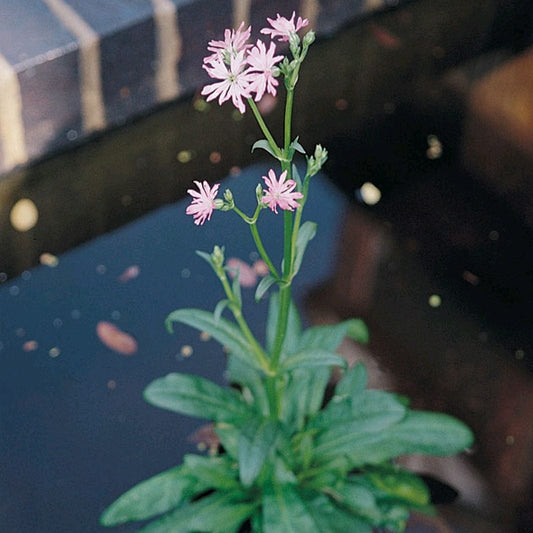
Plants arrived in great condition and very promptly. Well established - much better than the ones I got at my local garden centre.
Monica Spence
| 24 May
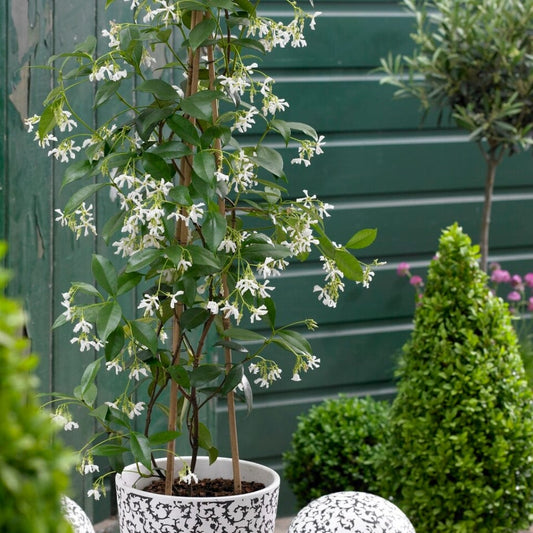
Yet again this company delivered good healthy plants, exactly as shown in photos, well packaged and within delivery time quoted. Recommend!
Jacqueline Burgess
| 2 Jun
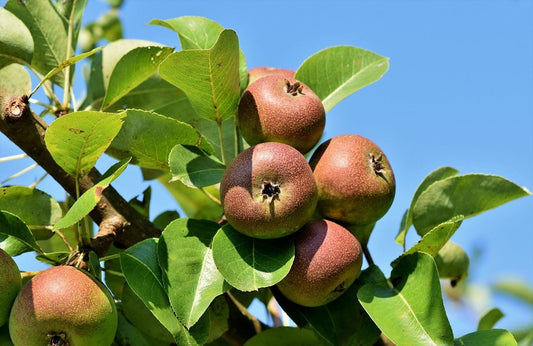
I continue to be so impressed with Roots. Their customer care, knowledge of their subject: from planting hedges to pruning roses and more, has been a great support.
Judy Lane
| 23 Oct
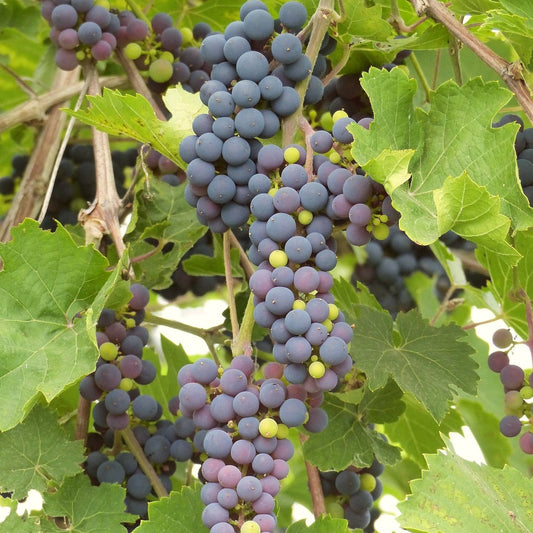
The plant arrived looking vigorously healthy, which brings a smile to your face, extremely well protected in its packaging.
Martyn Hill
| 5 Jul
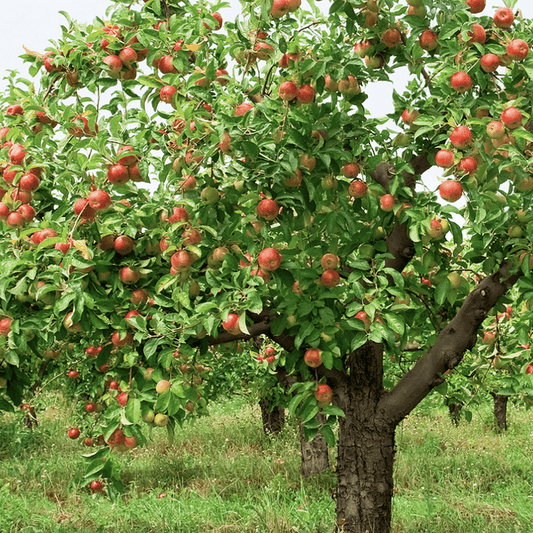
As a non-gardener, I found my whole experience brilliant. Great information & advice available on the website, great range of products & prices are brilliant.
John-Paul
| 22 May

Wonderful plants and great customer service... really surprised to find that the plants are better than those you would get at your local garden centre.
Gavin Wilcock
| 8 Nov
Fighting plastic waste
Delivering fresh from the nursery
Supporting UK growers
